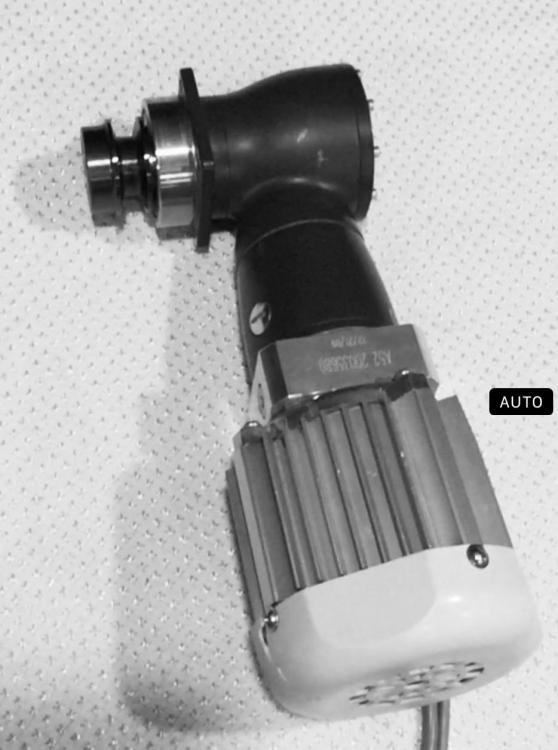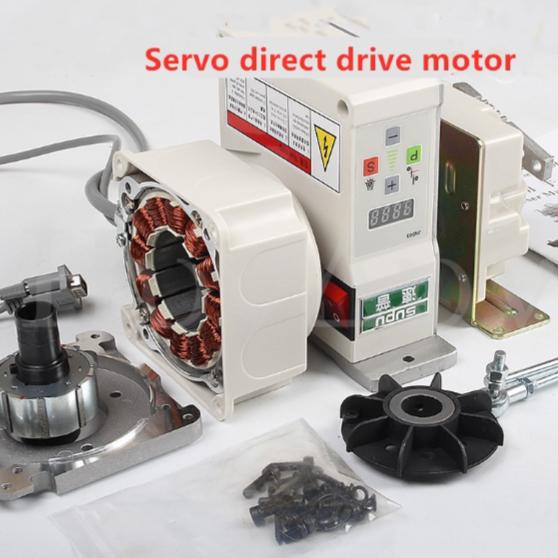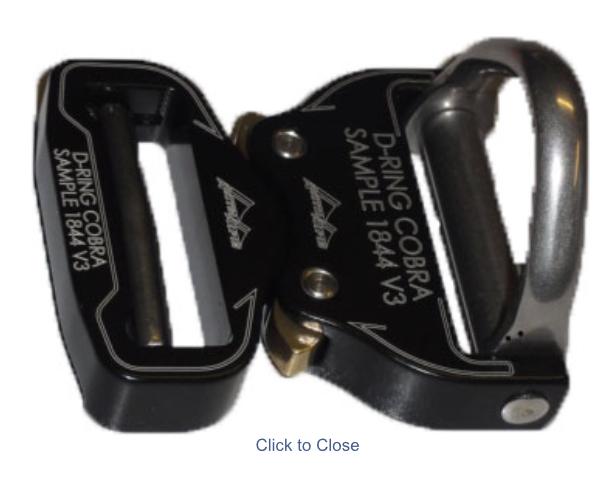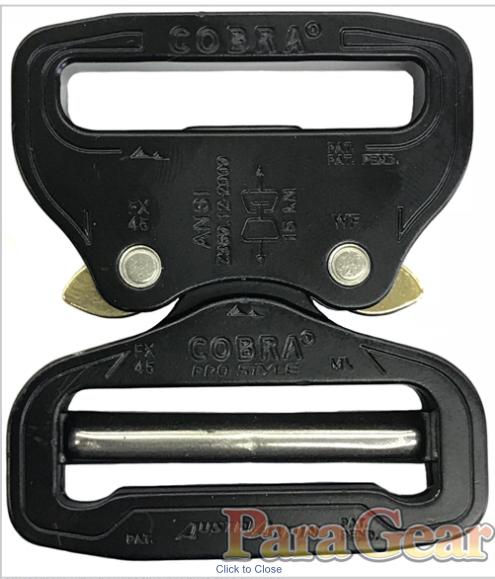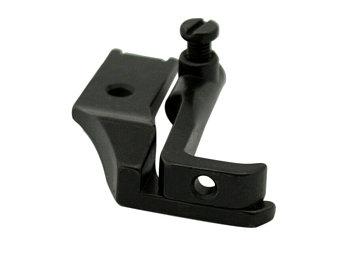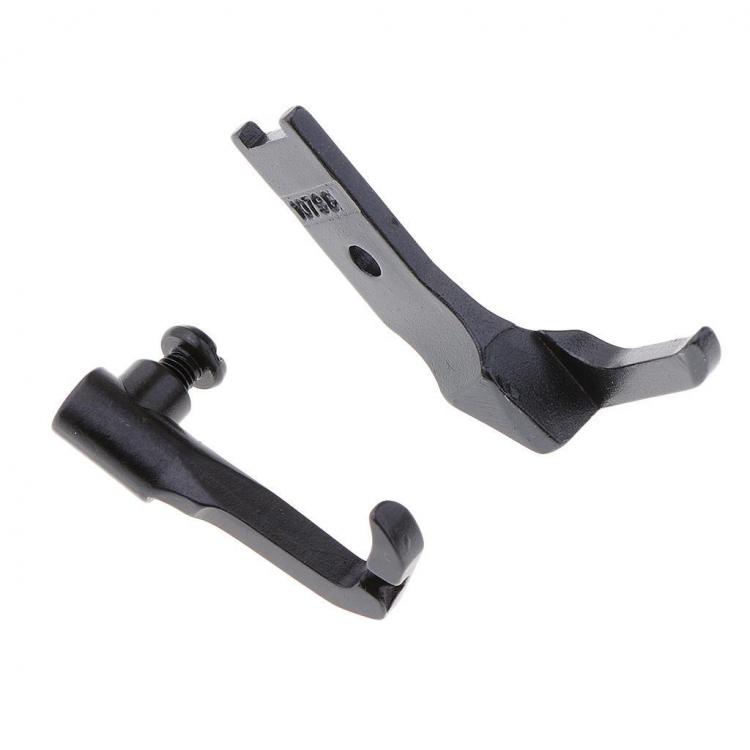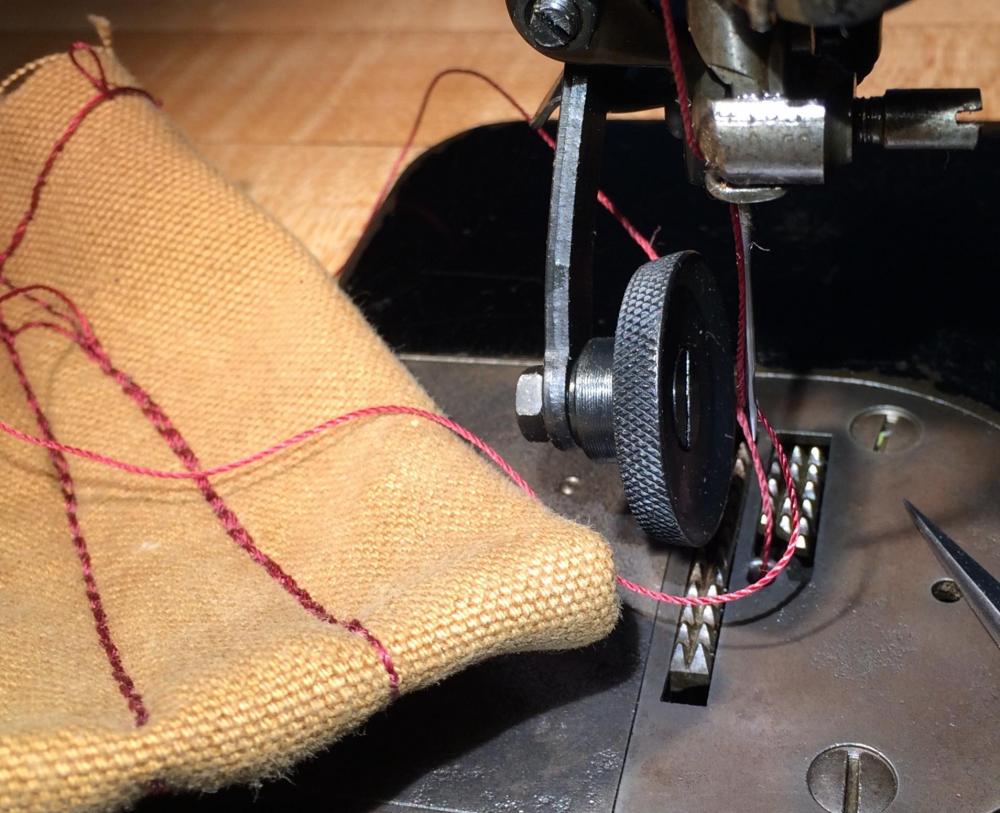-
Posts
794 -
Joined
-
Last visited
Content Type
Profiles
Forums
Events
Blogs
Gallery
Everything posted by DonInReno
-

Direct Drive Servo Motor retrofit for vintage singer 491D
DonInReno replied to JClif88's topic in Leather Sewing Machines
I’ve also tried some things not all that traditional, and while tried and true is almost always the way to go, sometimes it’s worth it just fast a learning exercise. I also like a more compact form factor, but there is no way I’d go without a 3:1 reducer. My preferred setup so far is a planetary reducer directly coupled to the motor and one short belt. I’ll bet eventually a company will offer a servo mated to a planetary reducer. -
Your 206 should easily sew with 138 thread. Whom even said 92 is the upper limit either had an improperly adjusted machine or didn’t know what they are talking about.
-

Direct Drive Servo Motor retrofit for vintage singer 491D
DonInReno replied to JClif88's topic in Leather Sewing Machines
I do like how compact they are - as long as you aren’t expecting it to sew slower than other generic servo motors it seems interesting. I was curious how these super compact servos attach and found a photo from a different servo that seems to show one as it comes out of the box. On one end of the stator (spinny thing) there’s a bearing in the servo’s housing, but there isn’t a bearing on the other end - so I’m assuming the bearing supporting the machine handwheel serves as the output bearing of the motor. The adaptor plate and shaft connector you will need to make up will probably have to be quite exact. -
I can assure you the castings of cheap feet are not accurate half the time - I literally buy two sets and throw out the worst. Heights will vary all over the place as well.
-
Thanks for the photo, I was having a hard time picturing it.
-

Direct Drive Servo Motor retrofit for vintage singer 491D
DonInReno replied to JClif88's topic in Leather Sewing Machines
This type of motor motor set up is relatively new as a retrofit, not to mention there is no track record to go off of with that specific motor, so you are sailing in uncharted waters. Do you feel lucky? In these cases I’m a fan of letting someone else take the risk - so I hope you get it, use the heck out of it and let us know how it goes! Edit: After thinking about it a bit more the main thing I couldn’t live with is a lack of speed reducer. -

When to buy first leather sewing machine
DonInReno replied to WannaBe's topic in Leather Sewing Machines
There’s a lot of learning that can be done on a smaller upholstery model before you actually need a big leather machine. Without an urgent need, there’s time to bargain shop, maybe even troubleshoot a fixer upper for even less money. The nice thing about buying a quality used upholstery machine, even at market rate, is after all the practice and as much use as you care to give it, you’ll be able to sell it for what you bought it for. That’s free..zilch...nadda...zip... The learning curve going up from upholstery size walking foot machine to 441-class is not much on simple projects....of course the finer points on more difficult projects have learning curves all their own, but you won’t be learning the basics at the same time so even the more difficult challenges will seem more manageable. Some people discover sewing is more fun than they thought and it opens up all sorts of new projects that aren’t feasible by hand sewing. Others discover they hate sewing and would rather poke a needle in their eye! Cheaper to learn on a FREE upholstery machine, than to take a $1000 hit in the depreciation of a big machine and all the related toys. -
That’s funny.
-
30 years ago I acquired an industrial sewing machine for our wildland fire crew - by the end of the first summer everyone on the crew could sew. Our budget for any new equipment was pretty tight, but there was never a problem getting approval for material related to repairs! The aluminum quick release buckles on page one of the are a hit with wildland firefighters on work belts. At first I only saw the smoke jumpers with them, but over the years they seem to pop up on many of the type one crews.
-

Starter kit of feet for singer 111g155
DonInReno replied to chrisash's topic in Leather Sewing Machines
Everyone has different preferences with feet - I wouldn’t worry about buying the perfect feet, just start with basic right and left zipper feet with smooth bottoms and you will quickly know what the next set of feet will be. Keep in mind the inner foot can be wide or thin, open to left or open on the right, short with open front, short with closed front, and any shape can be smooth or ribbed on the bottom. Outer feet vary as well - it’s ok to use a mismatch of inner and outer feet, but the clearance between them has to taken into account, and not all cheap feet will be made the exact same height. If you’re sewing wet leather you want plated or stainless feet. If you like to modify things by sanding, cutting and grinding then black non plated feet are easier to work with. It will quickly be apparent that cheap import feet have vastly different levels of quality control, even if purchased as a set from the same place. It’s a myth that everything in China is made in a few large factories - parts are made by a huge number of small producers. The last set of 3 feet I purchased directly from China are a perfect example - each was in the same packaging, but were obviously cast in different molds, had different fasteners, and quality control was definitely different. Rather than being frustrated with crappy quality, I simply buy a set from two different suppliers knowing one set will probably be thrown out. -

servo enduro Servo motor still too fast
DonInReno replied to AmyK's topic in Leather Sewing Machines
My vote also goes to a speed reducer with the servo. No amount of messing with the servo’s controls or bits will produce the low speed AND torque AND control ability. A 3:1 reducer also increases the low speed torque by 3x, which literally will change how you sew. A little 500w motor will have the startup torque of a 1500w motor. -
Paragear has interesting hardware and some fabric. They cater mainly to skydiving riggers, but have some things not seen in other places. http://www.paragear.com/parachutes/10000171/PARACHUTE-HARDWARE
-
You should be warned that having a heavy sewing machine around fire guys will create a steady trickle of little projects as favors! You’ll be altering storage bags, creating custom shaped items, restitching seams in boat seats, dog collars, belts, tool holders from old hose, hot tub cover, leather tool belts, tool covers, adding new padding to backpacking gear, changing zippers of all kinds, custom sun shades, rain tarps, organizers for vehicles, radio harnesses, chainsaw chap repairs, and things you haven’t even thought of yet! Lol There are not a lot of choices in feet for fabric, unlike smaller upholstery machines, so down the road buy extra outer feet to alter. The thick fabrics that are great for gear bags are very slick so smooth feet don’t do well. Kevlar will quickly dull normal scissors, but the fly tying industry has a number of high quality scissors designed for Kevlar that have carbide edges.
-
I have both a 111w153 and 111w155 and don’t see any difference between the two. Maybe my 155 has 153 parts or visa versa, or the difference is very slight. Edit: keep in mind that needle feed machines are dirt cheap - 50% less than a walking foot.
-
No way would I suggest fixing the damage - the huge benefit of eBay is you can get a 100% refund if it’s damaged! You don’t even have to pay return shipping. Send it back. If you still try to fix it, not knowing what all the damage is, you can easily have a machine that can’t be fixed. You are looking for someone to fix it - right there you will have another $200 in the machine and it might be bent up enough that it will never sew correctly. There will always be another 111w155 for $400 that works correctly. Having said that, I enjoy fixing damaged machines since they are dirt cheap and have a couple on the bench that are nearly working again. Using a strong flashlight look over every inch of he machine for cracks. Put a straightedge in the bed to see if it’s bent. If youre lucky the needle interacts with the hook correctly - otherwise fear the worst. If I were you I’d offer them $75 to keep the damaged machine or demand a full refund. Your main shaft is definitely bent - and it can be bent back, or a new shaft is still available. All parts are still available, but paying someone to fix them will add up quick - there’s a good chance you’ll spend $200-300 to have someone fix it all....
-

New to this 31K20 and to everything else too
DonInReno replied to Tride's topic in Leather Sewing Machines
30 years ago a 31-20 was the first industrial machine I learned to use...it’s basic and simple in every way. I currently have another 31-20 and it sews 138 quite well. You can’t put any old random needle in any sewing machine and expect it to work. Don’t take anything apart or turn any screw until you know what it does. Industrials don’t need to be taken apart for general cleaning. I suggest you upgrade that motor - it will only make learning to sew more difficult. -
You can use any size needle - some industrials manuals just list a 23 as the suggested size - I suppose to signify it’s ability to sew with heavier thread.
-
Kevlar generally only comes in yellow and maybe a black. Nomex thread comes in all sorts of colors. Kevlar is stronger than nomex, but nomex is what most fire resistant clothing is made of. https://www.thethreadexchange.com/miva/merchant.mvc?Store_Code=TTE&Screen=CTGY&Category_Code=nomex-information edit: I’d beware of thread from unknown sources - I’ve seen many Kevlar threads that aren’t suitable for sewing machine use, and even bought some “Kevlar” that turned out to be Dyneema.
-
I think you’ll find these YouTube videos informative - he does a good job showing the rules of thumb and methods.
-
I’ve been impressed that this has turned into a full tear down for you - by the time it’s back together and running correctly you’ll know it well!
-
Rust responds well to impacts - not beating it to a pulp with a big hammer, but rapping on it with a brass hammer would be one of the things I’d try. Don’t tap it twice and call it failed, but rap on it for a good 5 minutes.
-

Messed up my machine (juki 441 clone), advice appreciated.
DonInReno replied to Ysalex's topic in Leather Sewing Machines
....well, if you give up on it and want to go with a new machine let me know and we could come up with a price that works for us both. -
Now that they are on your radar I predict you’ll find one closer to you pretty soon! There is something nostalgic about sewing on an old machine from time to time. I have a 31-15/31-20 with the 31-20 shuttle hook and bobbin and it sews 138 just fine.
-

Frozen Stitch Length Regulator - Consew 226 (Singer 111w clone)
DonInReno replied to RWL2's topic in Leather Sewing Machines
I second what shoepatcher said! Often what appears to be rust will turn out to be old dried oil. It’s going to take a little while for the old oil to loosen up, but it will, and most of your problems will magically go away. Many things will dissolve old oil and it probably depends mostly on where you will be working on it - many penetrating oils smell a lot so if I’m scrubbing indoors wd40 isn’t too overpowering. Something like SimpleGreen will dissolve oil, but it does corrode parts so not a great choice for anything that can’t be completely disassembled. Automotive brake cleaner is often just acetone - it will clean fast, but will take off paint when used on really dried things like you have there. Mineral spirits are easier on paint, but also evaporate so not the best choice for soaking sticky parts. Heat will speed up the process as you work on individual parts - a blow drier is perfect since it won’t peel the paint. oh yes, and it’s better to keep oils or solvents away from the rubber belt - alcohol is a good cleaner to wipe any oils off the belt. -
If you haven’t done it already, it’s always a good idea to change the needle to a new one - it would be a shame to tear the entire machine apart only to find a defect in the needle. What size thread and needle are you using?



